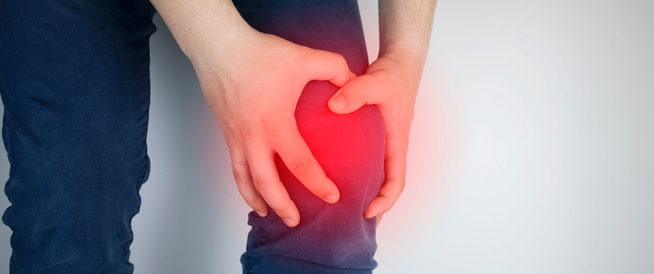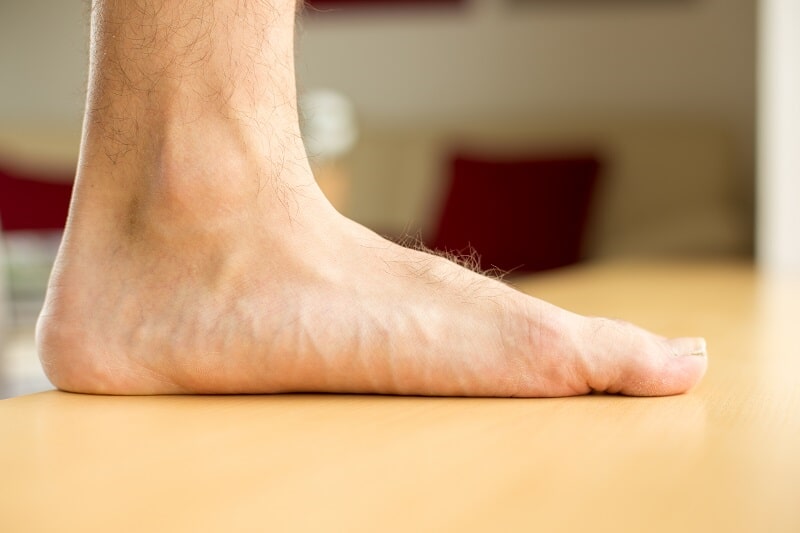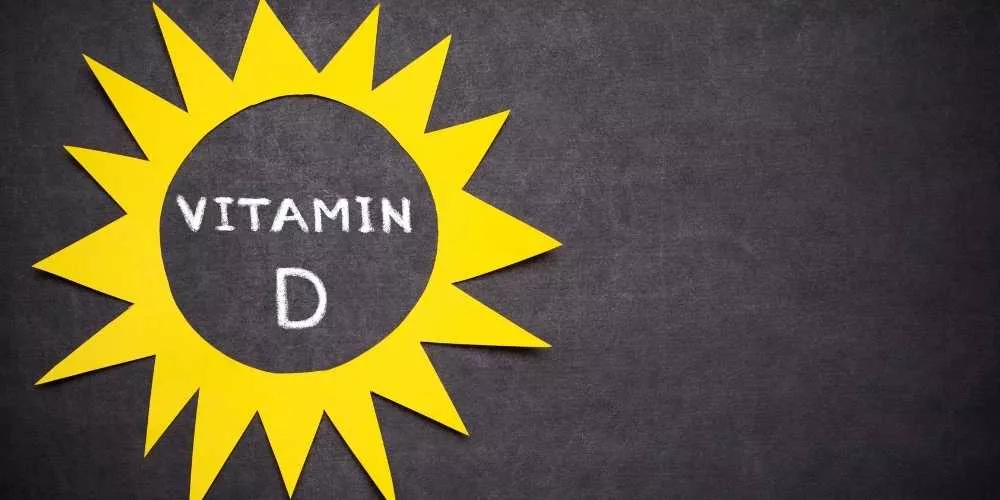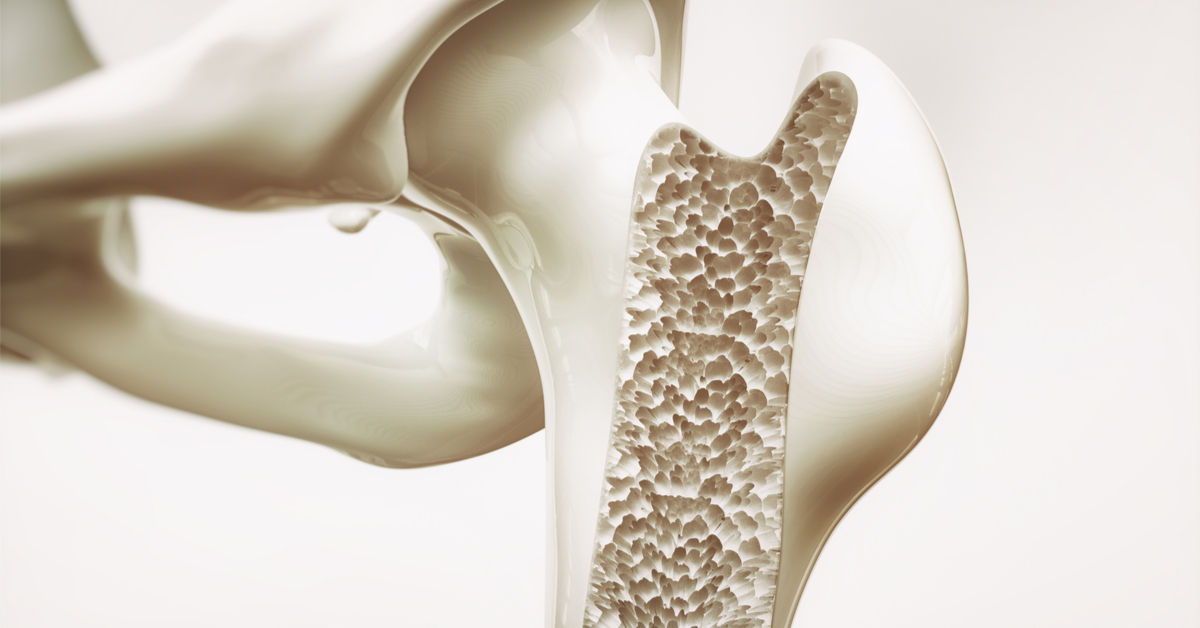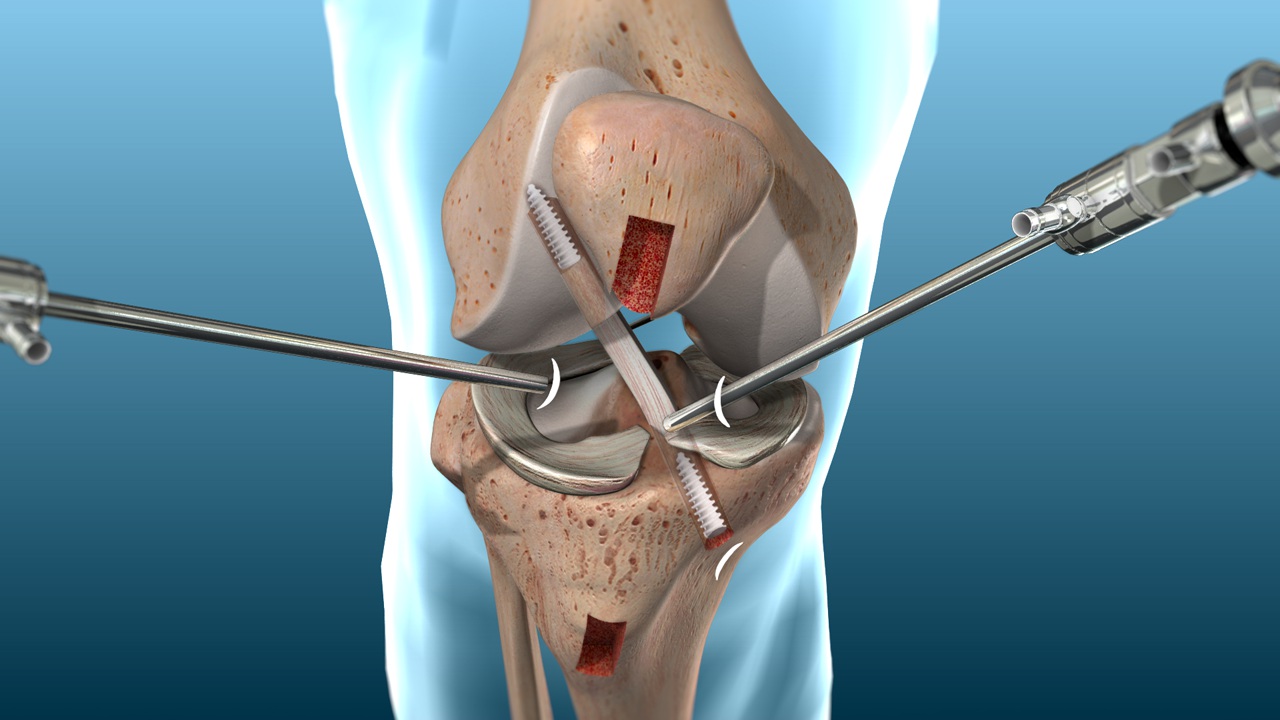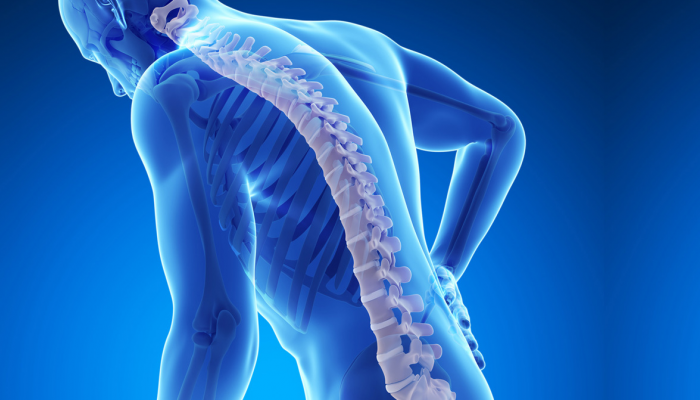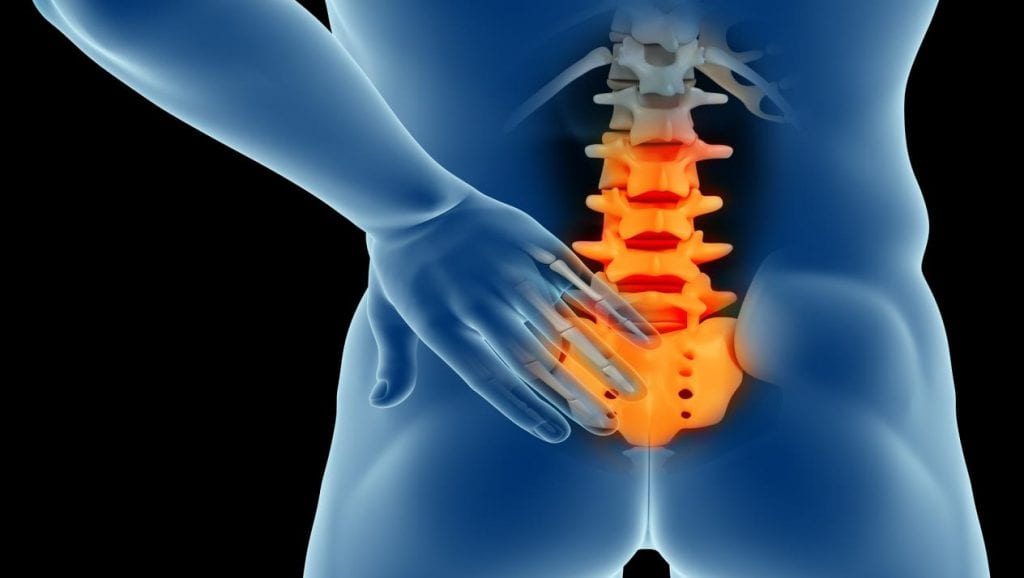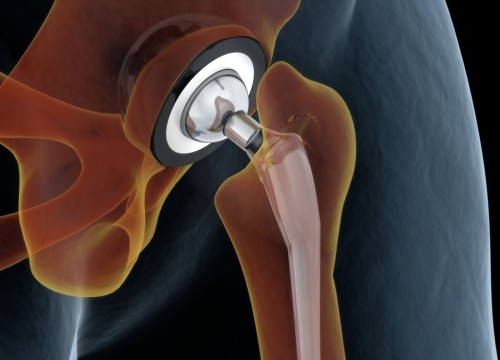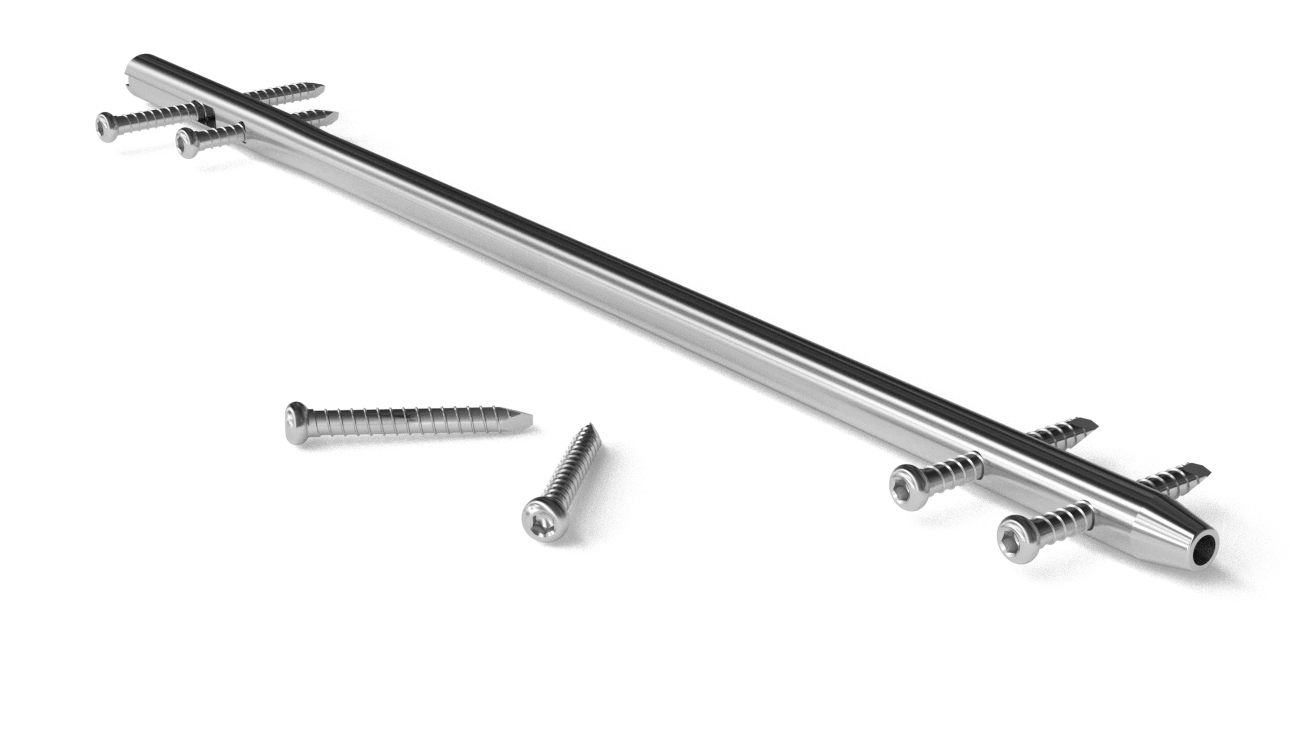Discover with us the best orthopedic doctor specialized in shoulder and various shoulder injuries!
The best orthopedic shoulder specialist, shoulder pain is one of the pains that frequently recur among most people, which creates a need to look for a skilled orthopedic shoulder specialist to achieve good results. This is what we will explore in detail in this article, which addresses the types of shoulder pains that require medical consultation, symptoms of shoulder nerve inflammation, and shoulder joint replacement surgery.

Best Orthopedic Doctor Specialized in Shoulder Treatment
Searching for the best orthopedic doctor specialized in shoulder treatment is extremely important for a patient as it helps him get the correct diagnosis for his condition and then follow the ideal treatment plan that suits him and yields good results. Applications such as Vezeeta or Clindo provide this service, allowing you to choose from a large number of specialists in shoulder surgery, which makes it easy for the patient to find the right doctor effortlessly. In the following paragraphs, we will get to know the right doctor for you and the symptoms that appear on you indicating that you need an orthopedic doctor specialized in shoulder treatment.
When do you need to visit an orthopedic doctor specialized in shoulder injuries?
There are certain injuries one may suffer from, which necessitate a visit to an orthopedic doctor specialized in shoulder injuries, including:
Shoulder Fracture: A person with a shoulder fracture experiences extreme pain and shows bruising, while in the case of a clavicle fracture, the injured person cannot lift his arm normally. Rotator Cuff Tear: This injury results in significant difficulty in lifting the arm upwards. Shoulder Dislocation: A person with a dislocated shoulder suffers from pain and weakness in the shoulder, in addition to the possibility of swelling, numbness, and bruising. If you want to know whether the shoulder can return to normal after dislocation, you can read the following article. Shoulder Ligament Injuries: These make the sufferer feel weak in the shoulder and severe pain when touching the head. Shoulder Stiffness: Typically, this results from old injuries and the accumulation of an abnormal amount of tissue in the joint, which prevents the shoulder from moving normally.
Shoulder Ligament Injuries: Shoulder ligament injuries may occur as a result of sports injuries or improper shoulder movements. If you are experiencing any pain in the shoulder after an injury, it may be necessary to seek medical consultation.
Frozen Shoulder Inflammation: Frozen shoulder inflammation could be the cause behind shoulder pain, characterized by pain and difficulty in moving the shoulder correctly. Frozen shoulder occurs due to inflammation in the shoulder joint, leading to the constriction of the surrounding tissue.
Rotator Cuff Tendinitis: Rotator cuff tendinitis occurs in the tendons found in the shoulder joint, which are responsible for the full range of shoulder movement. This type of inflammation can cause pain, swelling, and an inability to move properly.
These types of shoulder pains may require medical consultation for accurate diagnosis and to determine the appropriate treatment plan. It is advised not to delay medical consultation if the pain is persistent and does not improve naturally.
What causes sudden shoulder pain?
The shoulder is one of the body’s most flexible joints, heavily used throughout the day in various activities. Any pain in that area can be a source of annoyance for the patient, preventing them from continuing their daily activities. Sudden pain in the shoulder may result from one of the following causes:
Health Issues in the Rotator Cuff Bone: There are four small muscles responsible for normal shoulder movement. If these muscles encounter a problem, it can result in shoulder pain and dysfunction, including a torn rotator cuff, bursitis, and tendonitis.
Calcific Tendonitis: This is one of the most important causes of shoulder pain, where calcium deposits accumulate on the tendons, causing pain to appear gradually. The severity of the pain increases at night or while attempting movements that require raising the arms, like getting dressed.
Osteoarthritis in the Shoulder: This less common disease results in shoulder stiffness with pain that may be superficial or deep. It generally arises from a previous injury that occurred years ago, which stimulates the onset of osteoarthritis in the shoulder, such as previous shoulder and neck injuries.
Frozen Shoulder: This is a common medical condition where the shoulder becomes stiff, making it incapable of movement, and the patient experiences constant pain in the shoulder joint when trying to bend the arm backward.
Shoulder Impingement Syndrome: This condition may arise from repetitive movements involving raising the arms above the head, such as swimming. In this situation, the shoulder tendons can become impaired as they get pinched between the shoulder bones, resulting in sharp pain, especially when attempting to move the shoulder joint.
Shoulder Dislocation: An individual may suffer from a dislocated shoulder when they fall onto it or sustain some injury, resulting in a partial or complete dislodgement of the joint from its position. The pain varies according to the severity of the injury, and notably, repositioning the dislocated joint back to its place immediately relieves the pain. However, this must be done by a medical specialist to avoid any complications.
Clavicle Fracture: This is one of the common fractures that occur due to a specific accident or stretching the arm incorrectly. This type of pain necessitates immediate surgical intervention. To learn more about the clavicle procedure, you can refer to the following article.
Shoulder Instability: The shoulder is a joint designed for continuous movement, and its fundamental feature is instability. However, what is meant by shoulder instability is a particular medical condition where the shoulder joint suffers from a type of laxity, so its parts are not properly interlocked. This condition is widespread among youth due to excessive sports activities, resulting in significant pressure on the ligaments and tendons of the shoulder joint.
Heart Attack: It is one of the most famous causes of shoulder pain, despite seeming strange. Feeling pain in the shoulder and left arm could be one of the early signs of a heart attack. This is in addition to other accompanying signs and symptoms that include chest pain, difficulty breathing, sweating, and nausea.
Other Causes: The shoulder pain experienced by the patient may result from one of the following reasons, which include tendon sheath inflammation, arm fracture, lung cancer or liver cancer, ectopic pregnancy, rheumatoid arthritis, ankylosing spondylitis, herniated disc, coronary artery disease, cervical radiculopathy, or subarachnoid hemorrhage.
If you want to learn in more detail about the main causes leading to shoulder pain, we present this article to you.

When is Shoulder Pain Serious?
Shoulder pain becomes serious if it exceeds the patient’s tolerance level, is accompanied by fever, and if the patient is unable to move the shoulder or if the pain persists despite taking home treatments and painkillers. There are cases of shoulder pain that may occur suddenly, with pain in the left shoulder and chest that appears during exhaustion and is accompanied by the following symptoms, it is necessary to see a doctor immediately:
- Coughing up blood.
- Feeling dizzy.
- Chest pain with shortness of breath.
- Excessive sweating.
- Loss of vision.
- High body temperature.
- Swelling in the legs.
- Irregular and rapid heartbeats.
- Sudden difficulty in speaking.
What are the Symptoms of Shoulder Nerve Inflammation?
If the patient has shoulder nerve inflammation, initially it is mild and the symptoms are light and may go unnoticed, which include:
- The patient feels a mild pain during physical exertion or even at rest.
- A person feels sudden pain with the movement of lifting and lowering the arm.
- Pain when throwing or serving a tennis ball.
- The patient notices pain extending from the front of the shoulder to the side of the arm.
As the condition progresses, the patient begins to experience more severe symptoms, which include:
- The patient feels pain during the night.
- A person makes limited and painful movements.
- Pain extends in the arm behind the back.
- Loss of strength and movement in the shoulder.
What is the Treatment for Shoulder Pain?
Enjoy the personal attention and professionalism provided by Dr. Amr Amal in shoulder surgery. He will offer you a customized treatment plan and provide ongoing follow-up to achieve the best results.
Initially, patients turn to home treatments to alleviate shoulder pain, which are based on the following:
- Rest and movement: This method depends on completely resting the shoulder for the first 24 to 48 hours and, after a period, moving the arm within its range of motion. This process can be repeated several times a day. Not moving the arm may result in shoulder stiffness, so it is important that the treatment maintains the range of motion of the shoulder. It is best to wait 3 to 6 weeks before returning to full activity that led to the problem.
- Ice: Ice is an effective treatment that addresses shoulder pain by applying ice to the affected area for 30 minutes, then allowing the shoulder to warm up again for 15 minutes. This process is repeated for one to two hours and care must be taken to avoid frostbite to the skin.
- Strengthening: After a period of rest, the patient must begin to gradually exercise to stretch and strengthen the muscles surrounding the shoulder, which is very important in the case of inflammation of the tendons and ligaments around the shoulder.
If the pain in the shoulder area persists for more than six weeks without improvement, then it is necessary to consult a doctor who will rely on one of the following treatments:
- Injection therapy: In which the doctor prescribes steroid injections in cases where there is no response to home treatment and the dosage should not exceed two or more injections only.
- Medications: The doctor may prescribe non-steroidal anti-inflammatory drugs to treat shoulder pain due to their analgesic and anti-inflammatory effects.
- Physical therapy: This occurs through undergoing physical therapy sessions to treat shoulder pain.
- Surgery: This is considered the last option that a doctor may resort to if the patient does not respond to any of the previously mentioned treatment methods.
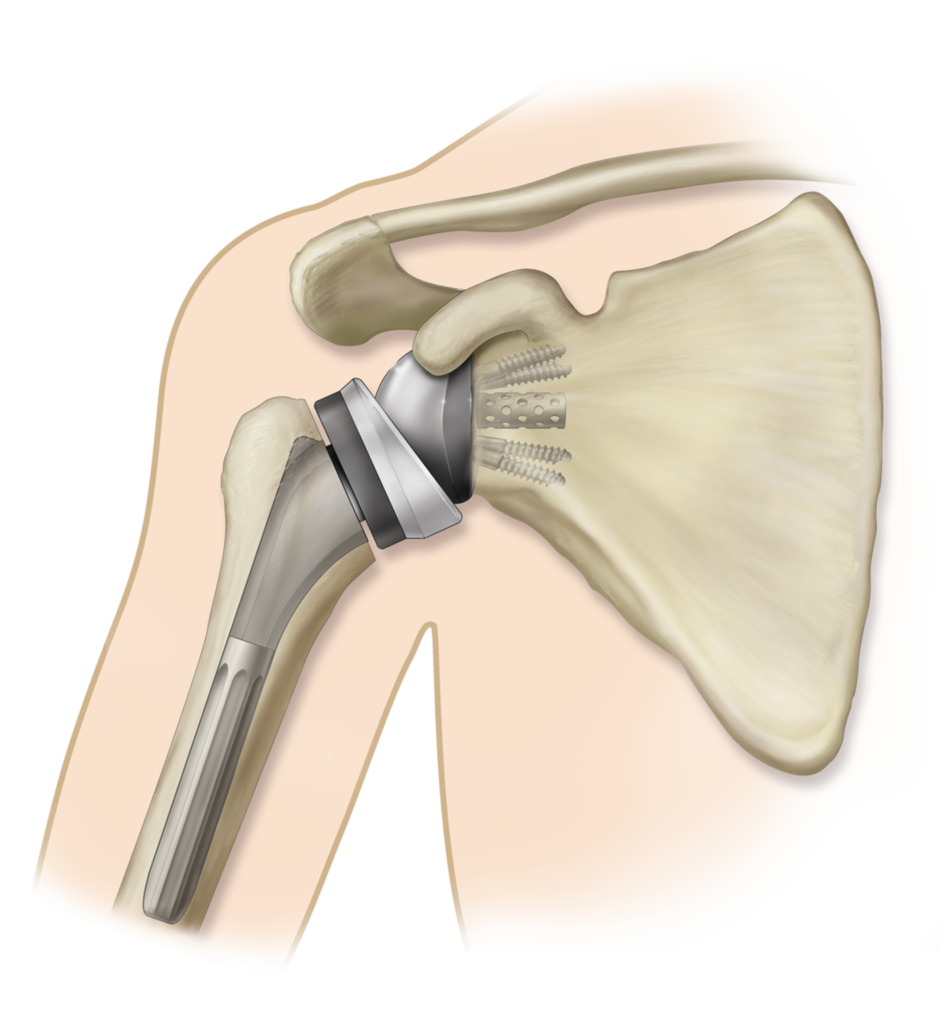
What is a Shoulder Joint Replacement Surgery?
This is a procedure in which the doctor replaces the shoulder joint in case of complete damage to the joint or one of its parts. There is a need to remove the damaged part and replace it with an artificial piece that takes its place. The ball part is usually made of titanium, while the socket on the other part of the joint is replaced with a cover made of polyethylene.
The goal of shoulder joint replacement surgery is to relieve the patient from the continuous pain they feel in their shoulder, as this pain can prevent them from sleeping and stands as an obstacle to performing their daily activities normally.

